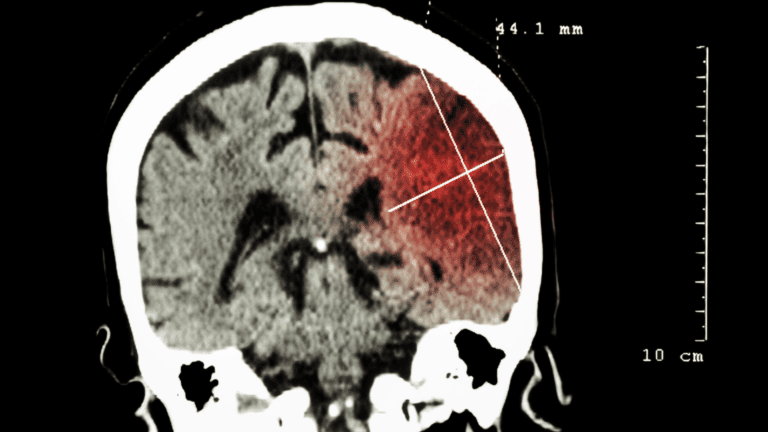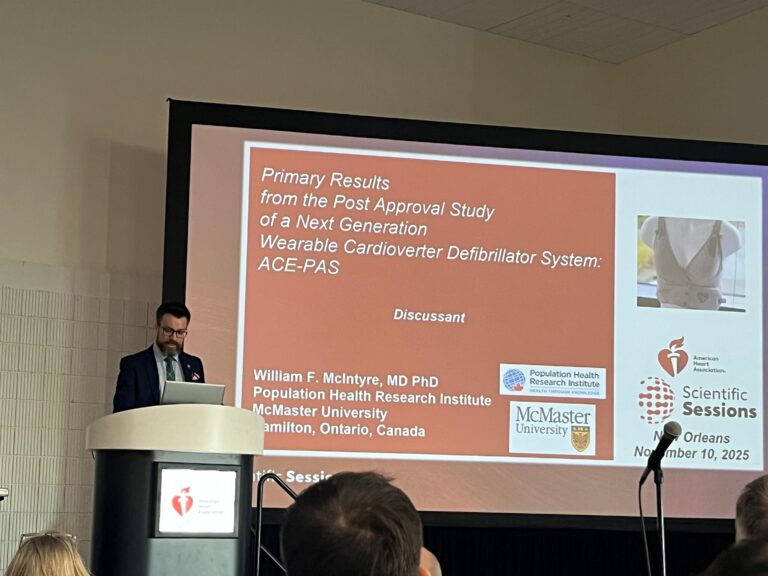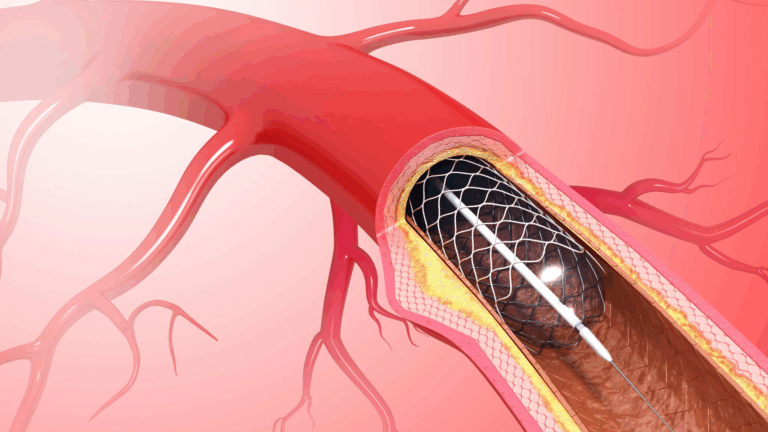Strong evidence for fixed dose combination therapies /polypill for prevention of heart attack and stroke; surgical ablation of atrial fibrillation; COVID-19 and CVD risk factors – PHRI science highlights at this year’s ESC Congress, which was virtual for the second year in a row.
Fixed dose combo/polypills cut CVD in half
PHRI Investigator Philip Joseph presented the results of a individual patient data meta-analysis of three large clinical trials (TIPS-3, HOPE-3 and PolyIran) looking at fixed dose combination therapies/polypill for primary prevention of cardiovascular disease. Simultaneously as the ESC Congress talk, The Lancet published the findings.
Download Phil’s revised ESC 2021 presentation – FDC meta-analysis.
Much commentary on Twitter happened as the results broke on August 29th, including:
#ESCCongress #LBCT Dr. Joseph @McMasterU @PHRIresearch
????Objective: assess FDC (ASA+BP polypill) strategy on CV events-TIPS3, HOPE3, PolyIran
????18,000 randomized, ~50% female (????)
???? 20%⬇️ LDL, 4.7 mmHg ⬇️ in SBP
???? 47%⬇️ CV death, MI, Stroke, revasc- seen at 1 y
⬇️35% CV☠️ pic.twitter.com/QjD4hHZTHR— Dr. Martha Gulati “Get Vaccinated Please” (@DrMarthaGulati) August 29, 2021
Surgical atrial fibrillation ablation evaluation
PHRI Investigator Emilie Belley Cote presented on a LAAOS III sub-study: surgical atrial fibrillation ablation evaulation. She concluded that concomitant surgical ablation of AF, which was not associated with a reduced risk of stroke or systemic embolism, “should focus on other patient-important outcomes.”
Download her ESC Congress presentation.
Late Breaking Science in Arrhythmias
Substudy of the LAAOS III trial
Surgical AF ablation at the surgeon´s discretion (different ablation strategies used & exit block tested in <15%)
Ablation
-> reduced AF
-> no impact on mortality / stroke@ESC_Journals #ESCCongress pic.twitter.com/aD6stOzwk9— Dominik Linz (@Dominik_Linz) August 27, 2021
CVD risk factors and COVID-19
PHRI Scientist Darryl Leong gave an on-demand talk, cardiovascular risk factors and COVID-19 infection, discussing findings from the PURE COVID-19 sub-study he’s leading, leveraging the large global cohort of the Prospective Urban and Rural Epidemiology (PURE) study.
Download his ESC 2021 presentation here.
One of the conclusions he presented is that higher waist circumference is associated with COVID-19 independently of other characteristics (such as previous smoking, higher BMI, previous CVD, higher diastolic blood pressure, and higher serum cholesterol).







